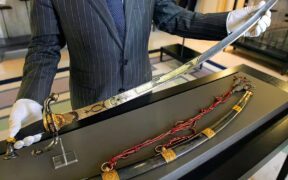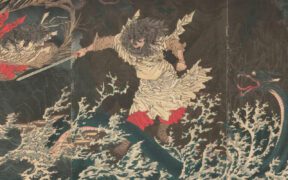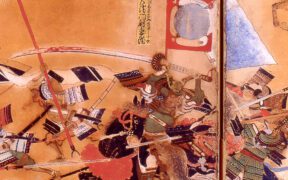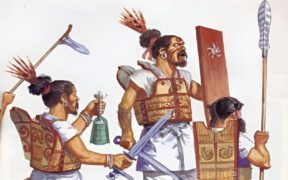What Is The Most Expensive Japanese Sword?
NO AI USED This Article has been written and edited by our team with no help of the AI
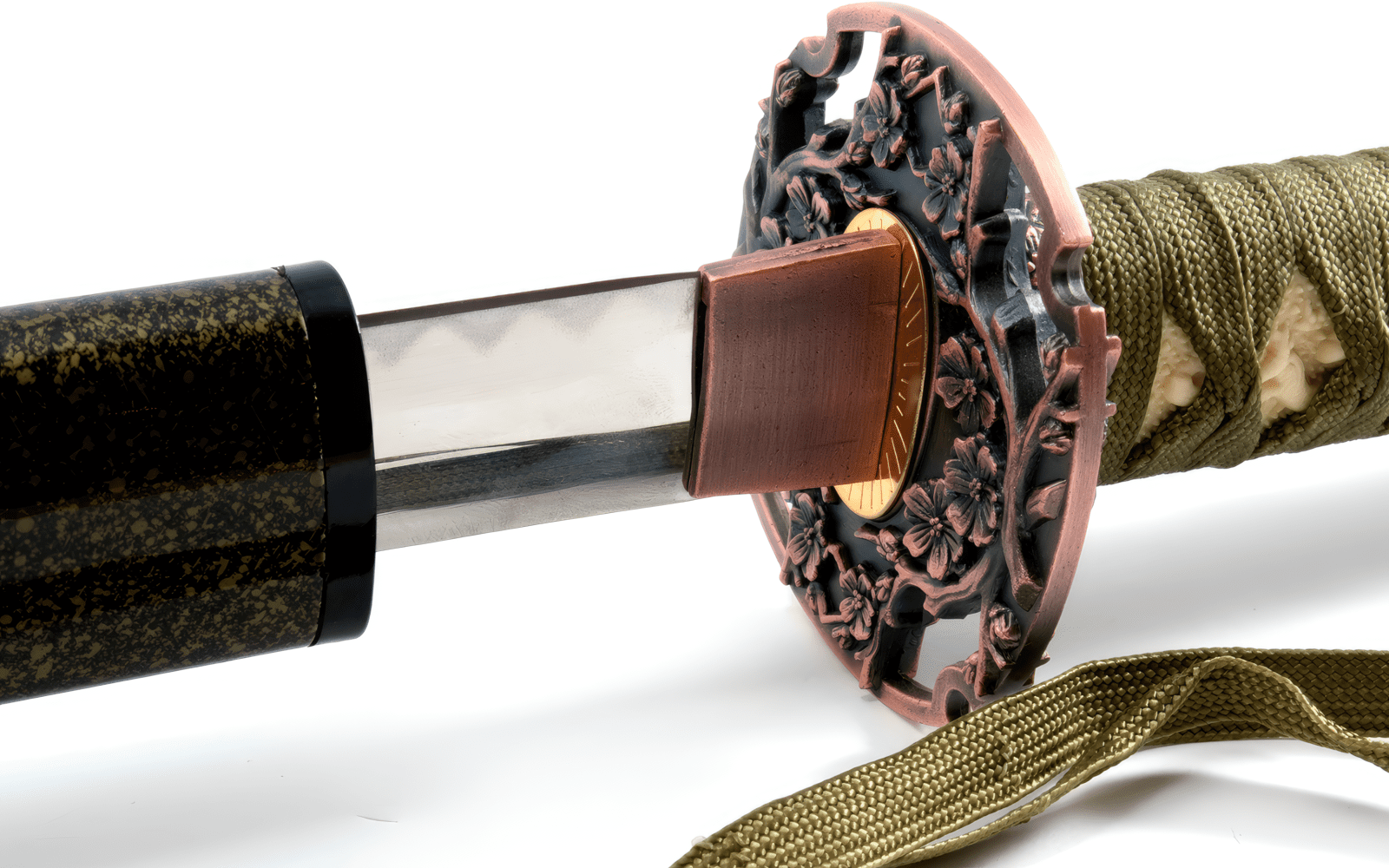
Japanese swords are the most expensive in the world. Their price is determined by several factors. Each sword is both a functional weapon and a work of art, and the result of many hours of painstaking labor.
In this article, we discuss the most expensive Japanese swords. First, we consider the factors that determine their price. Next, we list the five most expensive Japanese swords in history. We conclude by examining the most expensive Japanese swords being created today.
How are The Most Expensive Samurai Swords Valued?
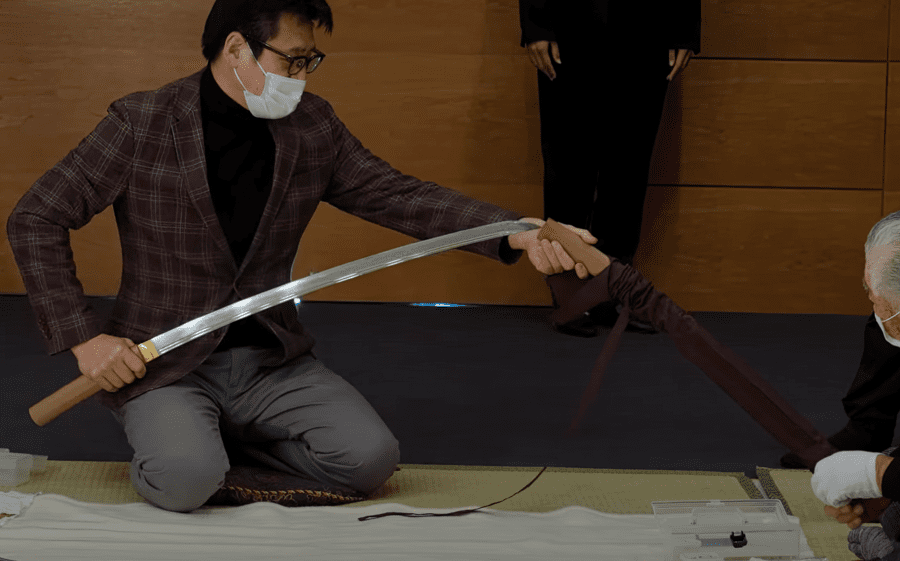
The most expensive samurai swords in history are appraised based on a number of factors, including:
- Craftsmanship – Traditional materials and methods include tamahagane steel, folding, clay tempering, and quenching.
- Authenticity – Swords that have been crafted by notable smiths, whether contemporary or historical, using authentic and traditional materials, fetch the highest price.
- History – Who was the blade’s creator? When was it constructed? Has it seen use in famous battles or been wielded by notable warriors?
- Quality and Durability – Authentic characteristics include a hamon (temper line), jigane (folding pattern), and traditional polish. Additionally, the sword’s hardening, edge, overall shape, and test results in tameshigiri (cutting practice), are all important.
“The sword is a weapon, so you need to be able to use it. But just like pottery and tea bowls, there are many points to consider”, says Kunihira Kawachi, a 14th-generation Japanese swordsmith and appraiser in the Kawachi family.
The value and price of a Japanese sword are determined via two steps: kantei and shinsa. Kantei involves assessing factors such as the age and the swordsmith. Shinsa involves examining the craftsmanship, quality, and performance, as judged by multiple experts.
The Most Expensive Samurai Swords in History
The most expensive samurai swords are antique masterpieces created centuries ago. Some of these blades were used by actual samurai warriors in battle and coexisted with some of Japan’s finest swordsmiths.
1. Fukushima Masanori Samurai Tachi – USD 100,000,000
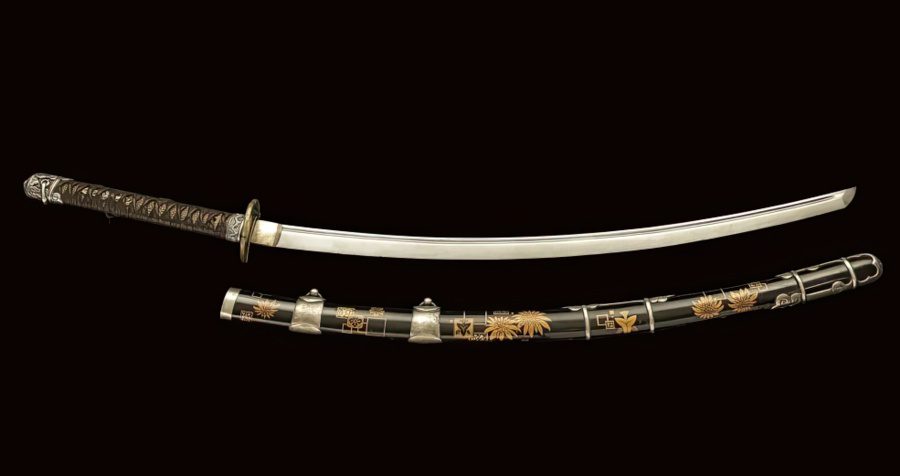
The most expensive Japanese sword in history is the Fukushima Masanori Samurai Tachi, priced at $100 million. This sword is a tachi, the first curved single-edged samurai blade.
It was owned by Fukushima Masanori, a notable historical figure and one of the Seven Spears of Shizugatake. Masanori was a Japanese daimyo (feudal lord) in the late 16th century, a chaotic period known for numerous battles.
Due to the quality of its construction (the sword was forged with Sengoku Jidai (14th-17th century) craftsmanship) and the fact that it belonged to a historical figure who likely wielded it in battle, this sword’s value is exceptionally high.
2. Yamatorige / Sanchomo – USD 5,000,000
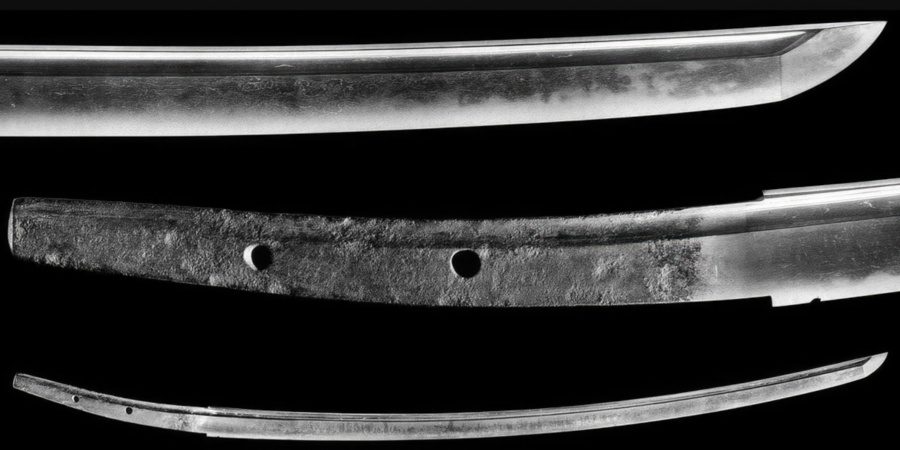
The Yamatorige is even older than the Fukushima Masanori Samurai Tachi and is priced at $5 million. This blade was crafted during the Kamakura Period (11th-14th century), a period during which Japanese sword crafting flourished.
The blade is a curved cavalry tachi, although its structure has been modified over time. These modifications have enhanced its value because it has crucial Japanese sword characteristics from different iconic eras.
It was owned and carried by Uesugi Kagekatsu, a notable historical figure and a successor to Uesugi Kenshin, or “The God of War” known for his courage. The blade is now a national treasure and is housed in the Bizen Osafune Japanese Sword Museum.
3. Yamaubagiri Kunihiro – USD 2,030,000
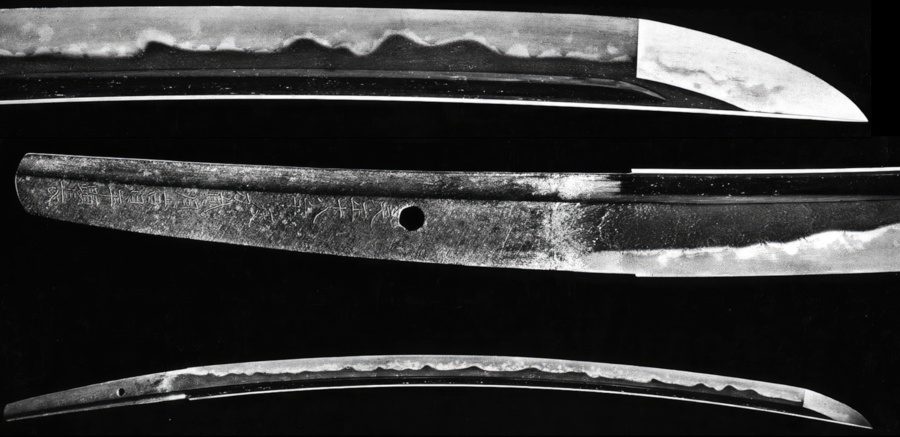
The Yamaubagiri Kunihiro, which is a katana, not a tachi, ranks third on the list of the most expensive Japanese swords. It features early katana characteristics and is carried in a style known as uchigatana, with its blade pointing upwards.
Priced at around $2 million, it is the most expensive katana. It’s named after its user, Kunihiro, who was a smith and a samurai. He created the blade during the tumultuous Sengoku Jidai, meaning the sword has likely been used in battle.
It is crafted with exceptional skill and was the source of many legends. One of these legends, which is referred to by the sword’s name, recounts the defeat of an evil witch.
4. Okanehira – USD 1,830,000
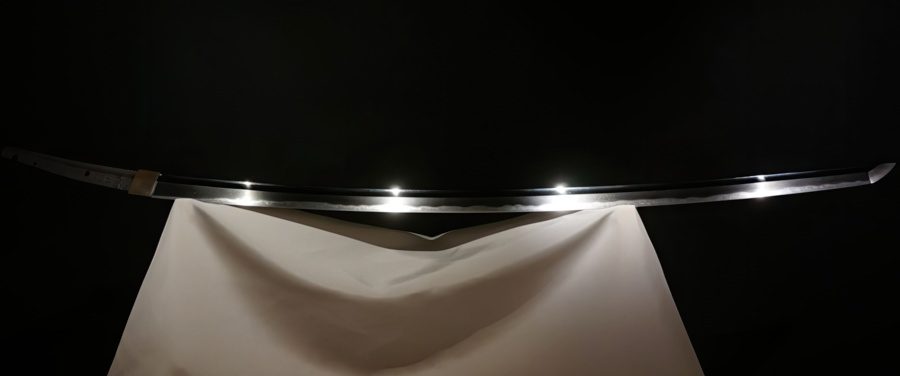
The Okanehira is yet another National Treasure tachi sword, priced at around $1.8 million. It was created by the popular and well-known swordsmith Kanekira during the early Heian Period (8th-12th century). It features early Japanese curved sword traits.
Its fittings are in what is known as momoyama style. These were lost after the blade’s countless battles, several of which took place centuries after its origin.
It was highly valued even during the early Heian Period and was carried by Ikeda Terumasa, one of Oda Nobunaga’s top generals and a key figure in the unification of Japan. It was used in many battles, including the Battle of Sekigahara (1600).
5. Kamakura Katana – USD 418,000
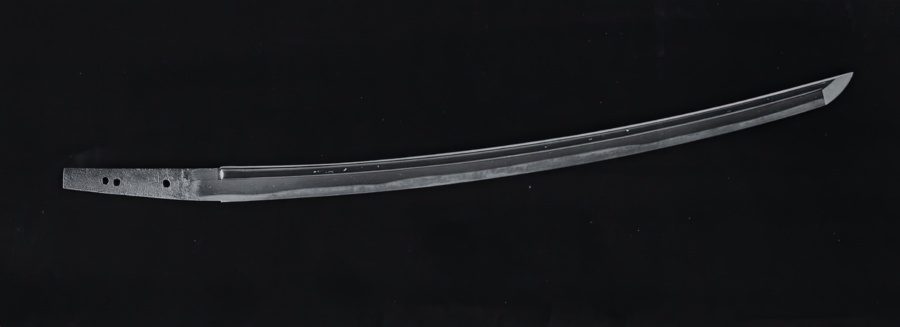
The Kamakura Katana is one of the earliest and best-preserved high-quality katana swords in Japanese history and a prime example of a classic katana daito (long sword). It hails from the 13th century and is priced at around half a million dollars.
The sword was created when legendary Japanese swordsmiths like Honjo Masamune were shaping the course of the samurai swords to come.
Dr. Walter Ames Compton, a European collector, bought and studied this Japanese katana, and it is currently part of his collection.
The Most Expensive Samurai Swords Today
Samurai swords are still crafted around the world. Just as swords were highly valued in the samurai era, so too are modern samurai blades. These blades can be grouped into two categories, each with their unique qualities and prices to match.
Nihonto
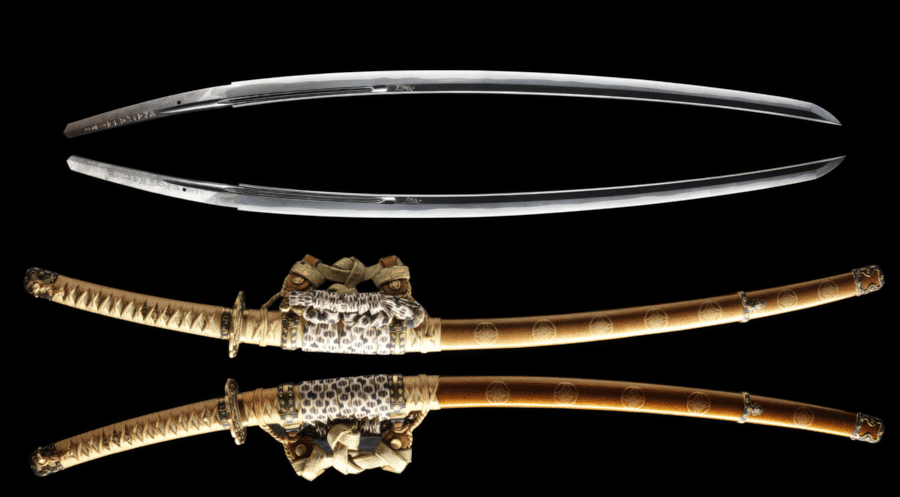
The sword industry in Japan remains active and integral to its culture. Samurai swords made in Japan are known as nihonto. They are crafted under strict laws and regulations using only traditional and historically accurate methods and materials, and their production is often limited to 2 per month.
Nihonto are therefore some of the most expensive samurai swords today. They can still be found in many sword shops and can range in price from $5,000 to $100,000. Some can be bought from auction houses like Christie’s or Sotheby’s.
Their price depends on their craftsmanship and evaluation.
Samurai Swords Made Outside Japan
Samurai swords are in fact made in far greater numbers outside their country of origin. These are known as replicas and are divided into two groups.
Traditional Craft Replicas
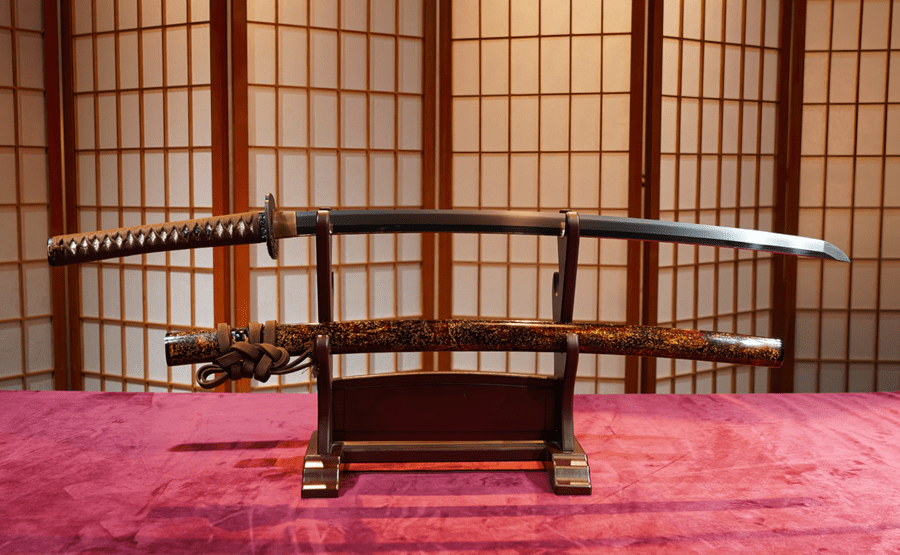
Some replica samurai swords are crafted in the same way as traditional Japanese swords. Some are even imported from Japan itself.
These samurai swords are the hardest to find and therefore among the most expensive. They can range in price from $1,500 to $10,000. While these swords can be made from authentic materials using traditional construction methods, they are considered less authentic because they are not crafted by Japanese smiths within Japan.
Modern Performance Replicas
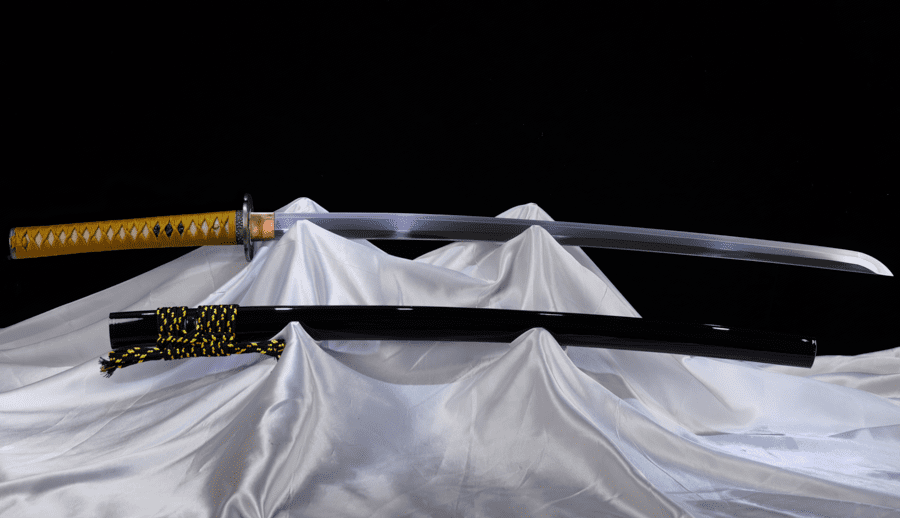
Other samurai sword replicas feature historically accurate characteristics but are crafted with modern materials and methods.
These replicas are made from various alloys and 21st-century high carbon steels such as S5/S7 or L6 Bainite steels, which are extremely hard to work with. These methods enhance the blade’s performance. Prices for these swords range from $700 to $3,000.
